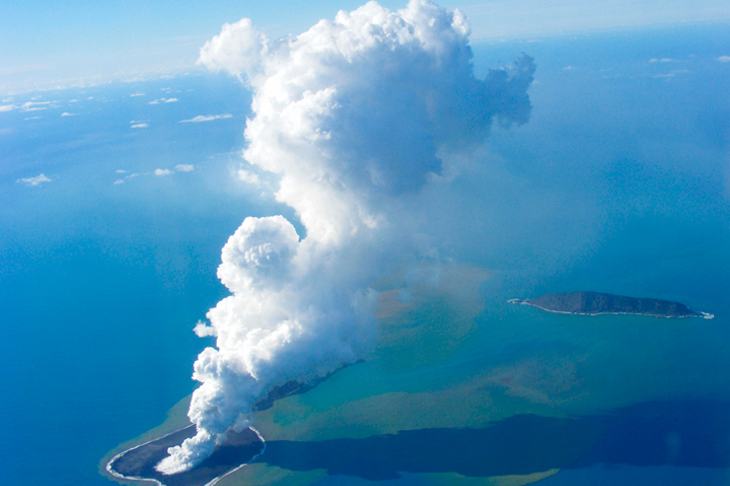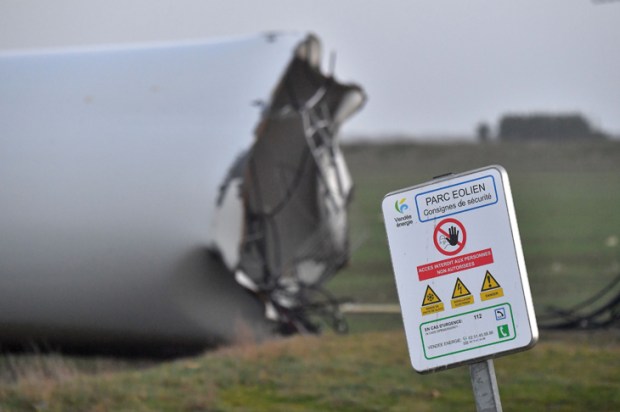Snot catches some of the 50 million particles inhaled with every breath. These particles are one hundredth the size of a human hair and comprise mineral dust, industrial and traffic dust, microorganisms and extraterrestrial particles. Some 40,000 tonnes of extraterrestrial dust falls to Earth each year and, if you are really lucky, your snot may contain a particle that came from the asteroid belt between Jupiter and Mars.
Already a subscriber? Log in
Subscribe for just $2 a week
Try a month of The Spectator Australia absolutely free and without commitment. Not only that but – if you choose to continue – you’ll pay just $2 a week for your first year.
- Unlimited access to spectator.com.au and app
- The weekly edition on the Spectator Australia app
- Spectator podcasts and newsletters
- Full access to spectator.co.uk
Unlock this article
Professor Ian Plimer’s latest book ‘Green Murder’ is published by Connor Court Publishing. It has no dust jacket.
You might disagree with half of it, but you’ll enjoy reading all of it. Try your first month for free, then just $2 a week for the remainder of your first year.














Comments
Don't miss out
Join the conversation with other Spectator Australia readers. Subscribe to leave a comment.
SUBSCRIBEAlready a subscriber? Log in